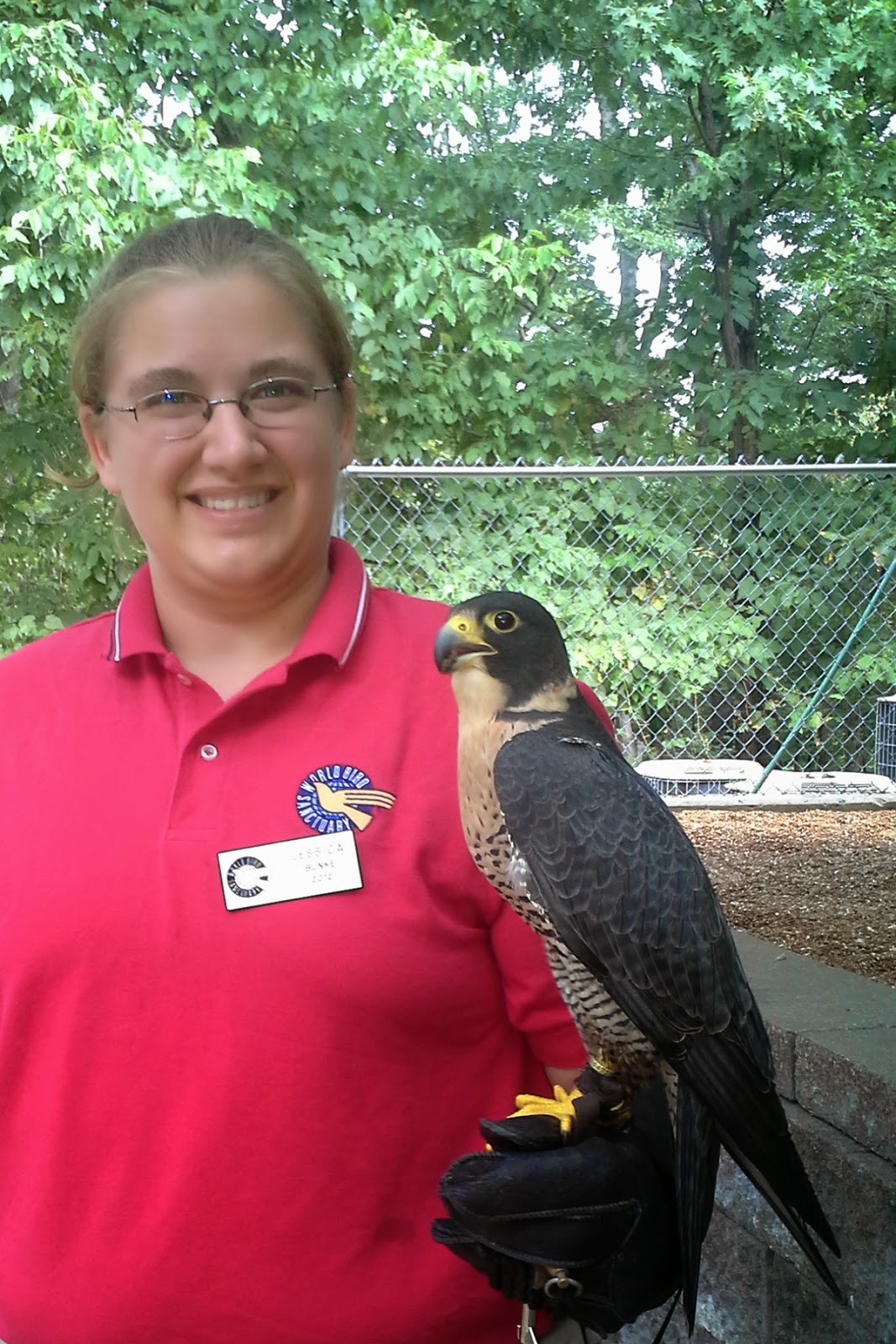With the
start of 2014, I’ve finished up my second winter season in Missouri after
moving here from Michigan two years ago.
Being a
Michigan native, I’m no stranger to long, hard winters, but the many false
starts into spring this past year are enough to drive any seasoned northerner a little
goofy. With the seemingly endless
winter and dreary days of white snow and gray slush, I was getting restless and
bogged down. However, the flicker of blue I saw dancing through my family’s
yard got me really excited one afternoon in late January.
A
male and female Eastern Bluebirds (photo: The Wikipedia files)
I was delighted
to discover that the Eastern Bluebird, my favorite songbird, was a common
inhabitant in Missouri. I only had to step out on my back porch and likely a
Bluebird would come weaving and bobbing thru the yard.
On March 30,
1927, the Eastern Bluebird was adopted as the state bird of Missouri due to how
common it is and its cheery appeal, earning the species the nickname ‘The
Bluebird of Happiness’. A very
appropriate name as the appearance of Bluebirds are considered a sign of spring
returning and uplifting for most people tired of cabin fever.
Among many
Native American tribes, the Bluebird is a symbol of spring. In the Iroquois culture the Bluebird’s
cheery song is the driving force to chase away the oppressive and destructive
deity, Tawiscaron (representing winter), to allow the transition to
spring. For other tribes, such as
the Cherokees, the Bluebird is connected to the wind and has the ability to
control the weather.
While the
Eastern Bluebird is listed as a species of least concern, they have not gotten
by without challenges to population sizes. Their population numbers have suffered in the last century
mainly due to habitat loss and competition with European Starlings and House
Sparrows. The Eastern Bluebird has
thrived as well as it has due to the efforts of birders and conservationists to
setup man-made nest boxes for Eastern Bluebird needs.
I would
encourage everyone to join in providing nest boxes for our state bird. Nest box plans are available on the
World Bird Sanctuary website (http://www.worldbirdsanctuary.org/index.php/freestuff/nestbox) or you can pick up nest boxes
already assembled at the World Bird Sanctuary Hospital for a small donation when you visit.
Submitted by
Jessica Bunke, World Bird Sanctuary Trainer


No comments:
Post a Comment